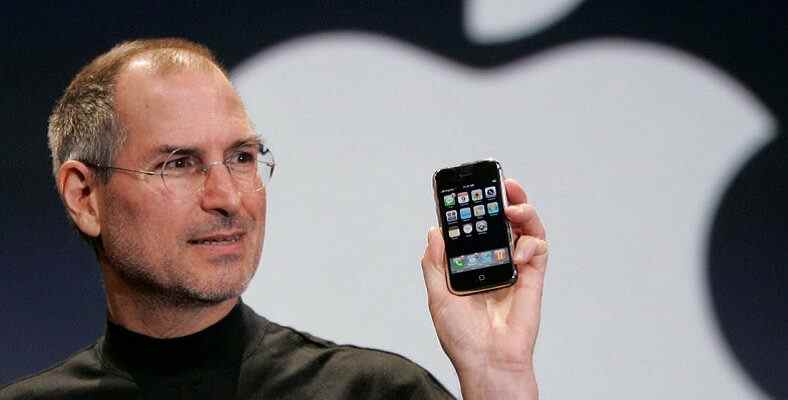Although its official name is not “iPhone 1”, the first iPhone model was introduced in 2007, bringing a big change to be experienced in the smartphone industry. The features of the first iPhone at that time sound like a joke to our ears now. Let’s go back a bit and take a closer look at the features of the first iPhone and compare it with today’s technology.
Smartphones are now an indispensable part of our lives, with models that we can play games with, take high-resolution photos and videos, and renew themselves with each passing day in terms of both design and performance. However, this was not always the case. The one that started the design revolution in the smartphone industry was introduced by Steve Jobs. first iPhone had happened.
on 29 June 2007 Introduced by the great presentation by Steve Jobs iPhone, “This is just the beginning.” and “Apple is reinventing the phone.” It attracted great attention with its ambitious slogans and innovative design. Everything about the first iPhone started to sound ridiculous to our ears over time. So, what were the features of the first iPhone, also known as iPhone 1 today? With everything that has changed since those days, we have prepared a nostalgia tunnel for you.
Features of the first iPhone:
- 3.5 inch touch screen
- 320 x 480 pixel resolution
- 11.6mm thickness
- 2MP rear camera (No front camera, can’t shoot video)
- 2G support
- 4, 8 and 16 GB storage options
- iPhone OS (We later came to know as iOS)
- 1400mAh battery
- 412 MHz single core ARM 11 processor, PowerVR MBX graphics processor
3.5 inch touch screen…
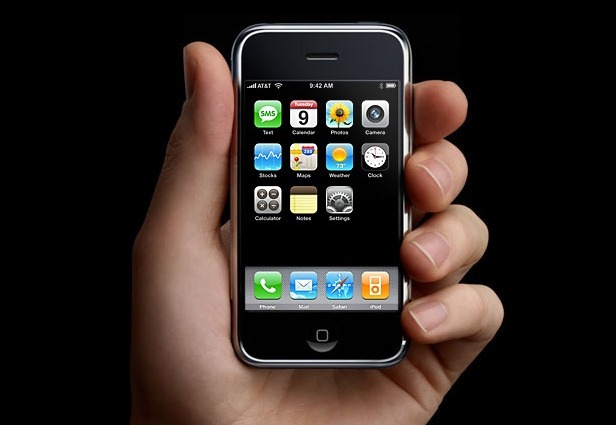
In 2007, when the iPhone was introduced; A phone with a full screen, without keys, with a touchscreen was like a dream. In this era of rough and keyed phones, it looks like a toy when we look at it now. 3.5 inch The screen was miraculous. Standing next to the last member of the series, the iPhone 11 Pro Max, this tiny and giant framed screen is the embodiment of today’s frameless and gigantic screen design. ancestral we can say. The design approach to purify phones from keys and large bezels emerged with the iPhone.
320 x 480 pixel resolution:
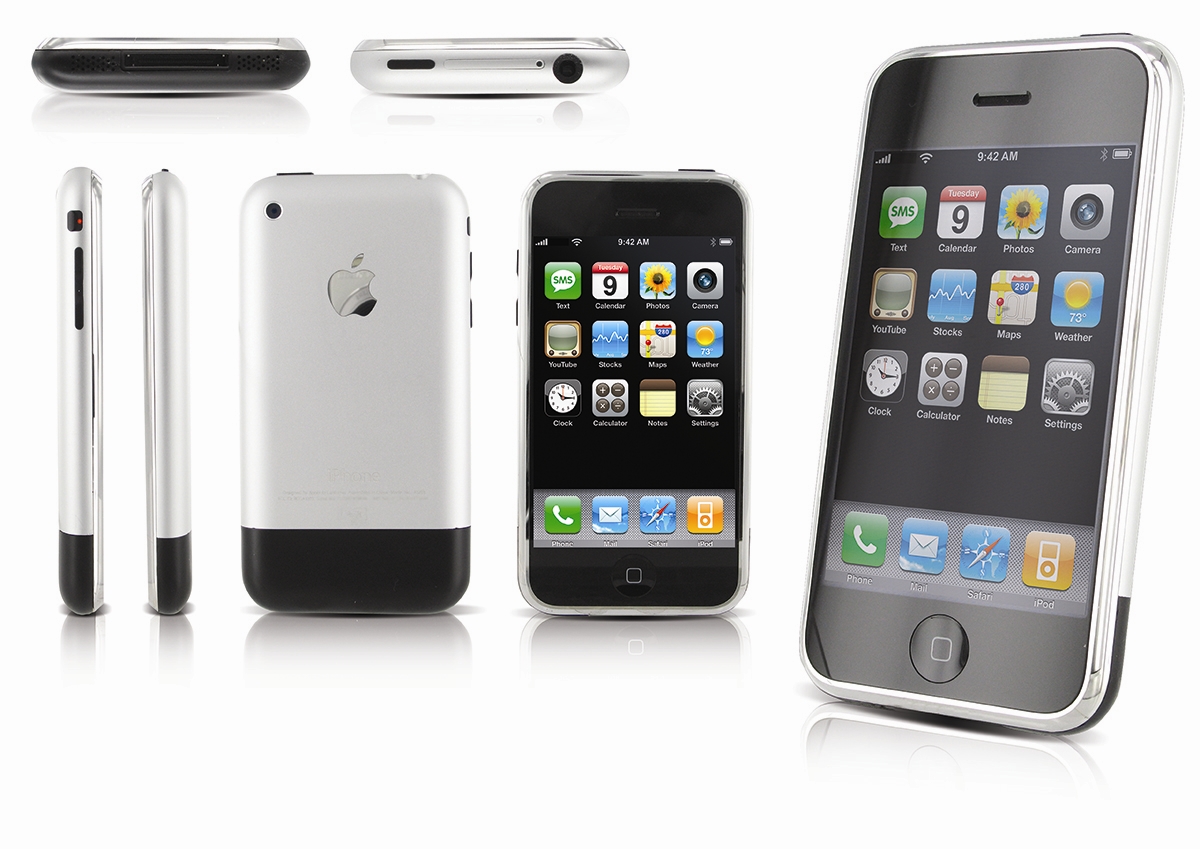
The resolution of the stunning 3.5-inch screen is only It was 320 x 480 pixels. Again, the 6.5-inch giant screen of the iPhone 11 Pro Max, 2688 x 1242 pixels in resolution. However, for 2007, a large (!) screen with this resolution was quite impressive for users.
11.6mm thickness:
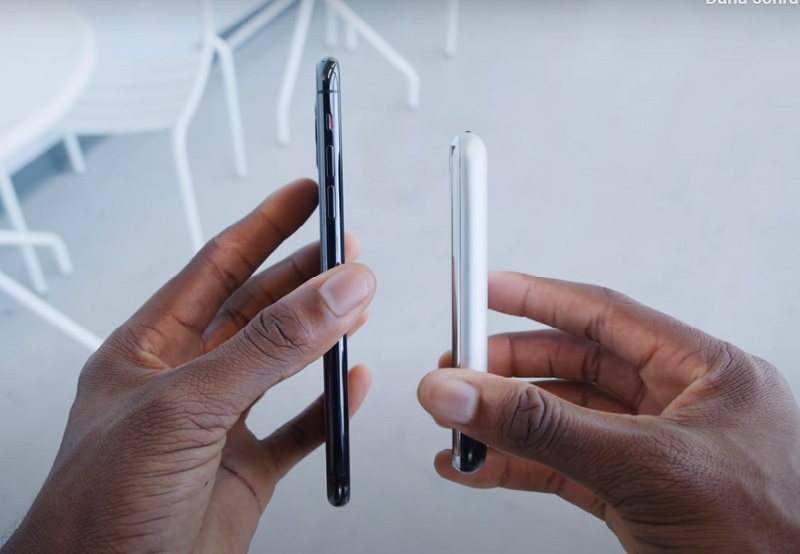
When the iPhone was introduced and released, the raging phone of the period, Nokia’s legend N95‘he said. The thickness of this phone that broke sales records 21mm was. Next to this phone, which is quite thick and bulky iPhone 1She looked slim and graceful. It is possible to say that this was one of the most important design features that made the iPhone stand out compared to all phones at that time. But of course, when compared to the depths of today’s phones, we can say that the first iPhone looks quite thick.
2MP camera:

The fact that a smartphone has a camera is now too ordinary to be questioned. In fact, one of the features that fuels the competition among smartphones the most is the sophistication of the camera. Apple is now at the perfect level in this regard. Cameras that can shoot 4K videos and fascinate with their advanced features are now indispensable for iPhones. But in 2007 the iPhone was just to a 2MP camera he had.
If we were to compare, the camera in this performance, which would remind us of a blurry photo taken by a broken camera, was in accordance with the standards of the period. Thanks to its large screen and advanced media features for its time, the iPhone has greatly contributed to the understanding of using the phone as a camera.
2G support:
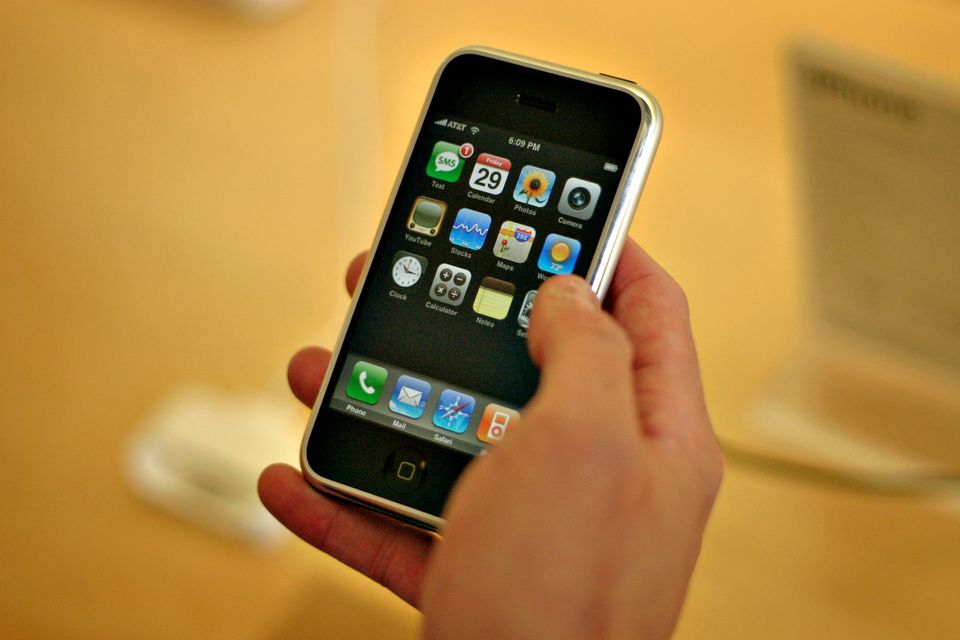
In 2007, 3G had just started to be included in our lives, and operators started their campaigns “3G will be a complete revolution”. In fact, some of the iPhone’s rival phones at that time offered 3G support. As one of the cons of the iPhone, it could not keep up with the period and support 3G. not providing was visible. However, this did not affect the users much, because other innovative features of the iPhone at that time made this small detail unimportant.
4, 8 and 16 GB storage:
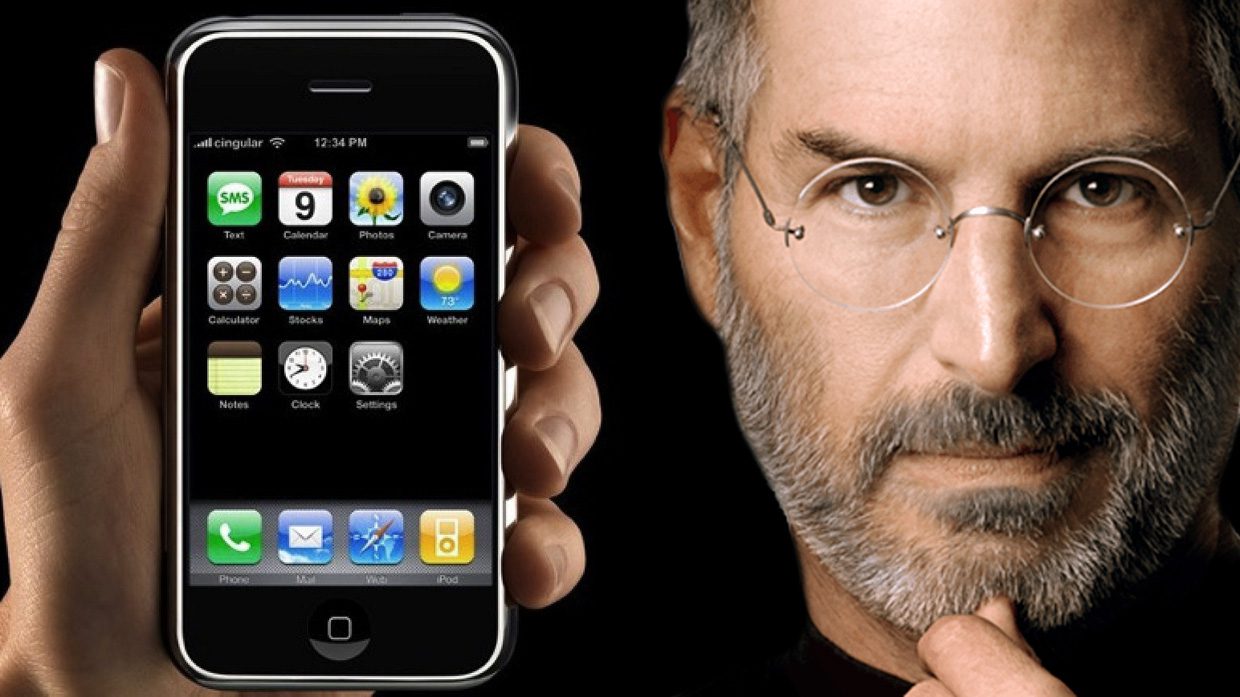
If we were to go and buy ourselves a new phone today, storage would be a priority for us. The ever-evolving features have also increased the need for storage space on smartphones, and now at least a 64GB phone meets our needs. When the iPhone first came out, 16 GB, which is not even offered as a minimum storage option, was the maximum capacity of the phone. However, at that time 16GB of storage was so high that the generally preferred models were 4 and 8 GB iPhones.
An iPhone OS without an app store:
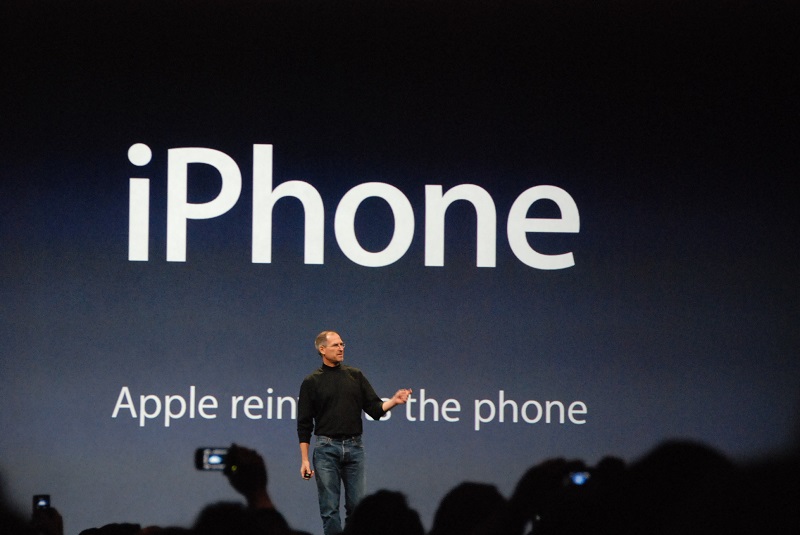
When Steve Jobs introduced us to the first iPhone, iOS operating system the name was not there and the phone iPhone OS It was released with an operating system called This operating system, when we look back now, has only ‘basic’ level features. Even the iPhone third party apps It didn’t support it yet, and it didn’t even have an app store.
1,400mAh battery:
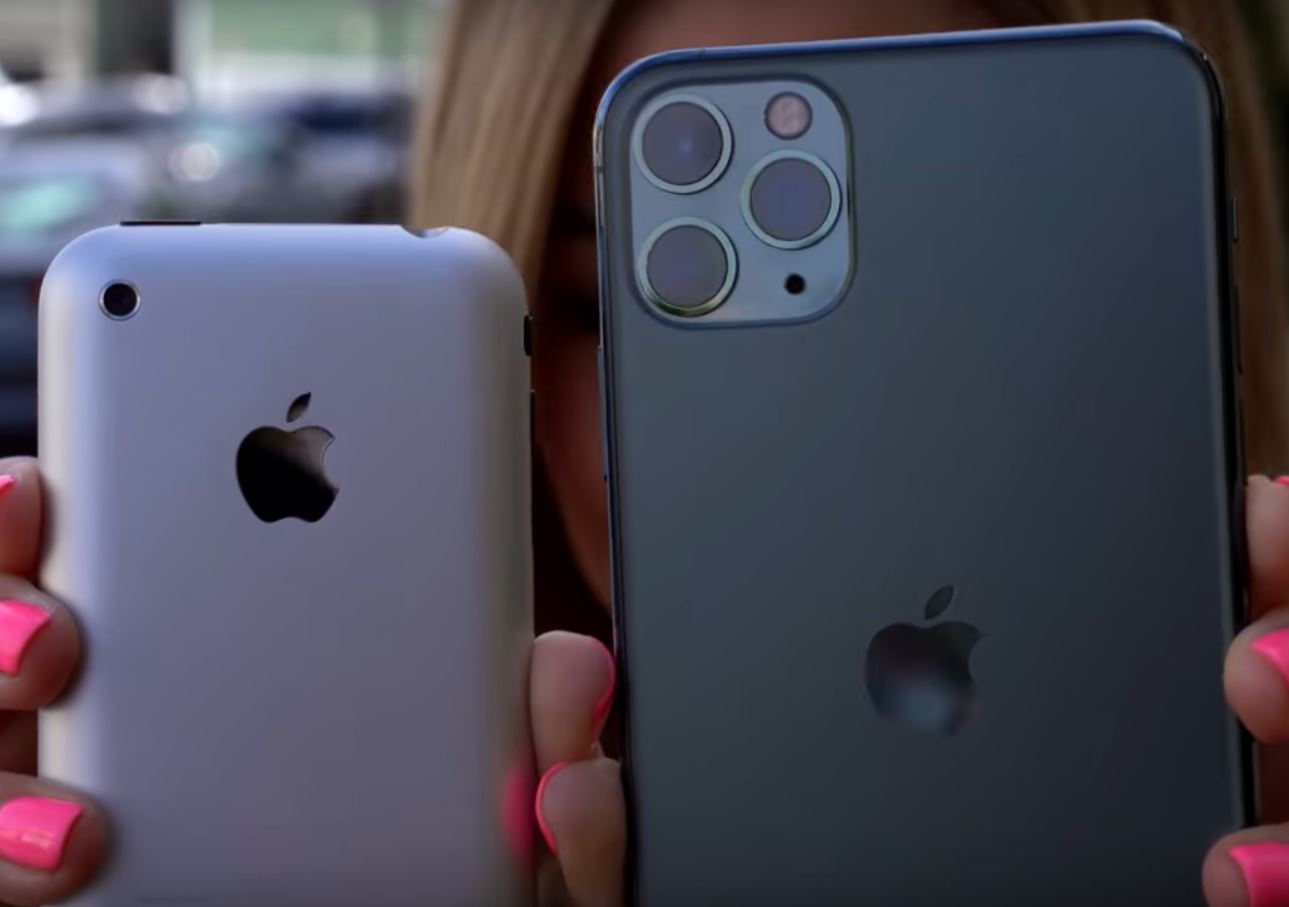
The long-lasting charging time of the phones is now a must, just like a good camera or a large screen. We want our phone to be able to do whatever we want without stopping for hours on end. iPhone 11 Pro Max with a battery of 3,190 mAh up to 80 hours this time on iPhone while you can play audio It was 24 hours. The talk time provided by the phone was only 8 hours.
412 MHz single core ARM11 processor, PowerVR MBX graphics processor:
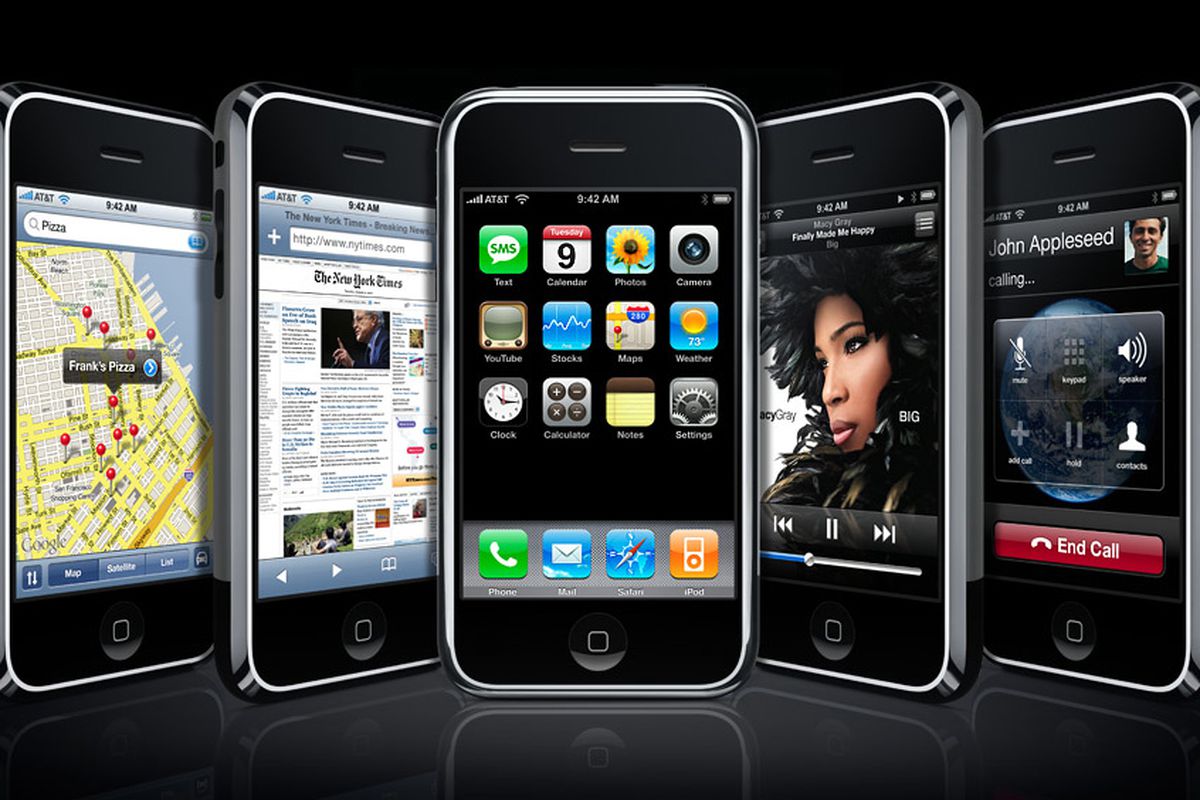
Mobile processors are the backbone of the smartphone industry, and they’re the ones that make our phones better and better. Apple last year A13 Bionic chip introduced and this new chip was highly appreciated especially in terms of energy efficiency and performance balance.
However, the first iPhone introduced in 2007, 412 MHz single-core, which offers very simple performance. ARM11 processor was using. This processor, which uses SDRAM technology, has now been replaced by 6-core A13 chips powered by LPDDR4X.
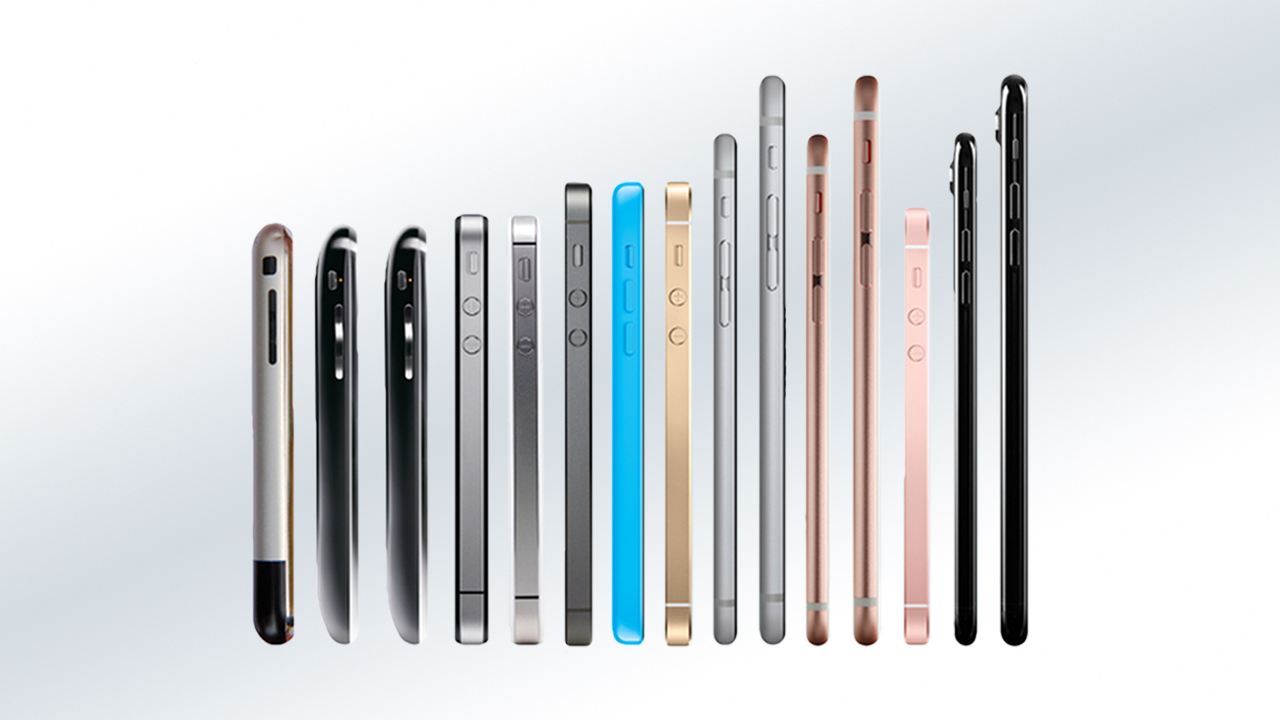
The iPhone took an undeniable step forward in terms of smartphone development and allowed innovation to evolve with competition. Playing a leading role in the market, especially in terms of user-friendly and innovative design, iPhones have also shaped the future and continue to evolve.
